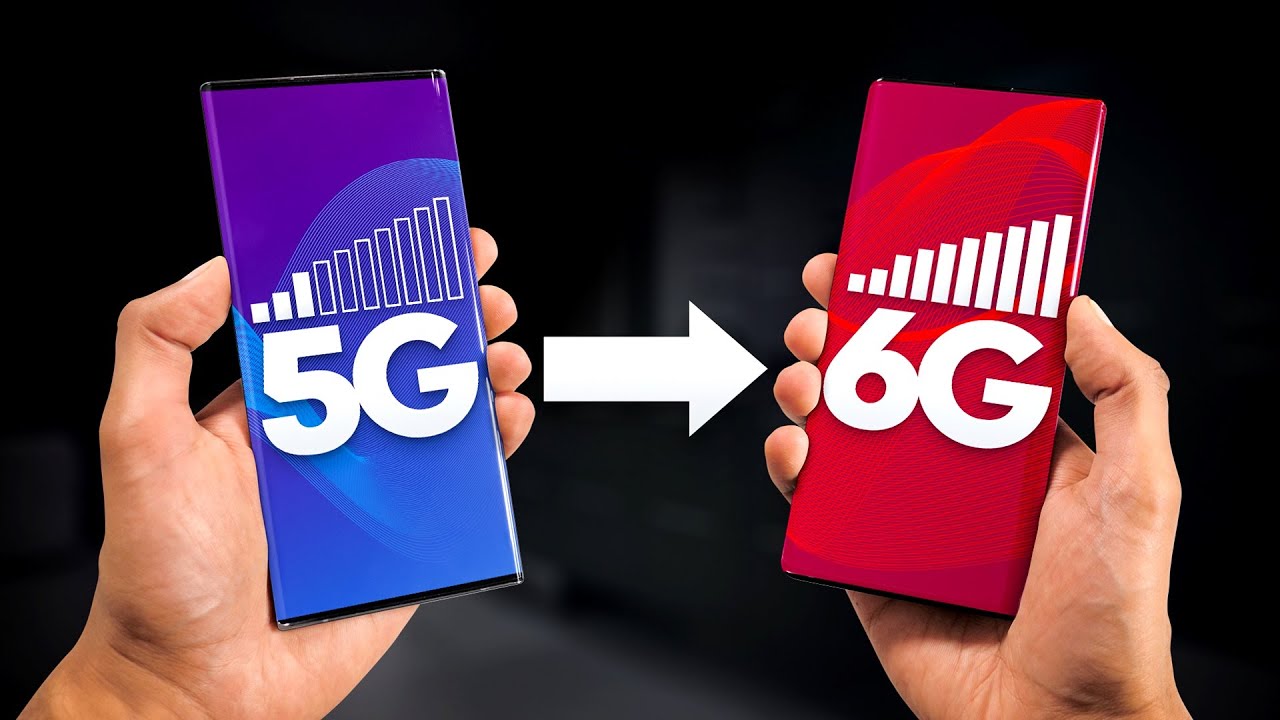6G, the successor to 5G cellular technology. These networks will be able to use higher frequencies than 5G networks and provide higher capacity and much lower latency. This is 1,000 times faster than what we have with 5G right now.
The technology is expected to facilitate large improvements in the areas of imaging, presence technology and location awareness. Working in conjunction with AI, the 6G computational infrastructure will be able to identify the best place for computing to occur; including decisions about data storage, processing and sharing.
It is not yet a functioning technology it is a work in progress. While there are investments in the next-generation wireless standard, industry specifications for 6G-enabled network products will take time.
Advantages of 6G Over 5G
- These networks operate by using signals at the higher end of the radio spectrum. It will expand the scope of capabilities to support new and innovative applications in wireless connectivity, sensing and imaging, etc. With 6G, access points will be able to serve multiple clients simultaneously.
- The higher frequencies will enable much faster sampling rates than with 5G. They will also provide significantly better throughput and higher data rates.
- Mobile edge computing will be built into all of these networks, whereas it must be added to existing 5G networks. This approach will provide many potential advantages as the technology becomes operational. These benefits include improved access to AI capabilities and support for sophisticated mobile devices and systems.
Availability:
6G internet is expected to launch commercially in 2030 or later. Research and development (R&D) activities started for this in earnest in 2020. 6G will require development of advanced mobile communications technologies, such as cognitive and highly secure data networks. It will also require the expansion of spectral bandwidth that is orders of magnitude faster than 5G.
China has already launched a 6G test satellite equipped with a terahertz system. Technology giants Huawei Technologies and China Global reportedly plan to follow.
How Does it work?
6G wireless sensing solutions will selectively use different frequencies to measure absorption and adjust frequencies accordingly. This method is possible because atoms and molecules emit and absorb electromagnetic radiation at characteristic frequencies, and the emission and absorption frequencies are the same for any given substance.
6G will have applications for many government and industry approaches such as:
- health monitoring;
- feature and facial recognition;
- decision-making;
- air quality measurements; and
- sensory interfaces that feel like real life, etc.
Improvements in these areas will also benefit smartphone and other mobile network technology, as well as emerging technologies such as smart cities, autonomous vehicles, virtual reality and augmented reality.
Applications
There are a number of reasons we need this technology. They include the following:
- Technological Development. 6G cellular networks will integrate previously disparate technologies, such as deep learning and data analytics.
- Edge Computing. The need to deploy edge computing to ensure overall throughput and low latency for ultra-reliable, low-latency communications solutions is an important driver of this technology.
- Internet of Things (IoT). Another driving force is the need to support machine-to-machine communication in IoT.
- High-performance computing (HPC). A strong relationship has been identified between 6G and HPC. While edge computing resources will handle some of the IoT and mobile technology data, much of it will require more centralized HPC resources to do the processing.
Future Scope
Beyond 5G is seen as a path to 6G technologies that will replace fifth-generation capabilities and applications. 5G’s many private wireless communications implementations involving LTE, 5G and edge computing for enterprise and industrial customers have helped lay the groundwork for 6G.
Wireless networks using it will create a web of communications providers much in the way that photovoltaic solar power has brought about cogeneration within the Smart grid. This technology could advance mesh networks from concept to deployment, helping to extend coverage beyond the range of older cell towers.
6G radio networks will provide the communication and data gathering necessary to accumulate information. Notably, AI will also take center stage with it.
Image Credit: Youtube




